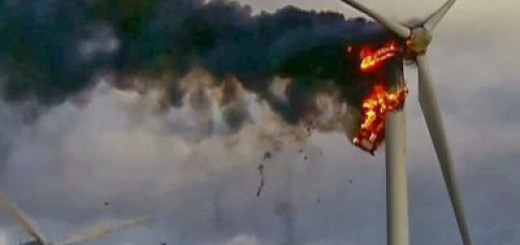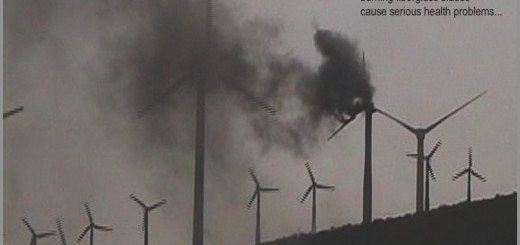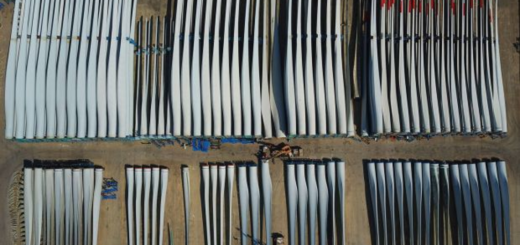Wind Farm Noise and Human Perception – A Review
http://en.friends-against-wind.org/
Peer-reviewed document by Dr. Bob Thorne of Noise Measurement Services.
Introduction
The design and placement of wind farms cause problems for wind farm developers and residents directly from:
- Inappropriate land-use planning;
- lack of understanding of the problems involved with inadequate acoustical and human perception analysis; and
- ineffective compliance approvals.
Inappropriate Land-use Planning
The general theme appears to be that if a wind farm is in a rural environment it can do no harm. Following this logic it is far better that the wind farm be located within the urban area that requires the power. The cost of development is lower, access to a large pool of labour is assured, access to materials and roading is no problem, and there are no adverse environmental effects from wind turbine noise. Turbine efficiency is not an issue as the wind farm and turbine choice can be designed for the relevant air and building environments. It is, therefore, a matter of land-use choice and associated planning instruments that brings turbines into rural areas rather that the urban areas where the power is needed.
The Problems with Wind Farm Noise and Its Perception
The sound from a wind farm is unique. It is not similar to air conditioning fan noise although it shares some of the low frequency characteristics of fan noise. It is not the same as noise from transportation sources (road, rail, aircraft) although it does share some of the ‘movement’ characteristics of these sources. The sound is of low amplitude and varies in space (as the blades turn), in location (as the blades turn with the different wind directions), in time (sound levels vary due to turbine activity over time), and in complexity (when the blades interact with disturbed air from other turbines). Turbines are large industrial noise sources. The height from ground to the centre of the hub can often be 80 to 85 metres and the blades themselves can be 46 to 50+ metres in length. The blades move and interact with a huge volume of air to draw energy from air movement to generate electricity.
The sounds from a wind farm are often of low amplitude (volume or loudness) and are constantly shifting in character (“waves on beach”, “rumble-thump”, “plane never landing”). People who are not exposed to the sounds of a wind farm find it very difficult to understand the problems of people who do live near to wind farms. Some people who live near wind farms are disturbed by the sounds of the farms, others are not. In some cases adverse health effects are reported, in other cases such effects do not appear evident. The sound from a wind farm is intermittent in that it is not constant all day every day at approximately the same level. The sound fluctuates with the wind. It changes as the turbines turn into the wind. Many people living near turbines do not become used to the variations or character of the sound – unlike traffic noise, for example, where people do become used to the relatively consistent character of the sound. The sound becomes unsustainable and in affected individuals can result in serious adverse health effects. Unfortunately, unlike with fan or transportation noise, there are no long established noise exposure models that will give any certainty of prediction as to the effect of wind turbines noise on people. There is an international standard that explains how to measure the sound from a turbine but the standard is limited in its application to noise assessment near the turbine; not at a distance. The standard does not address the core issue of the effect of such noise on people.











